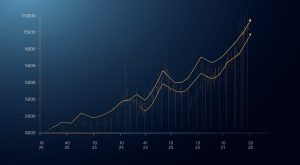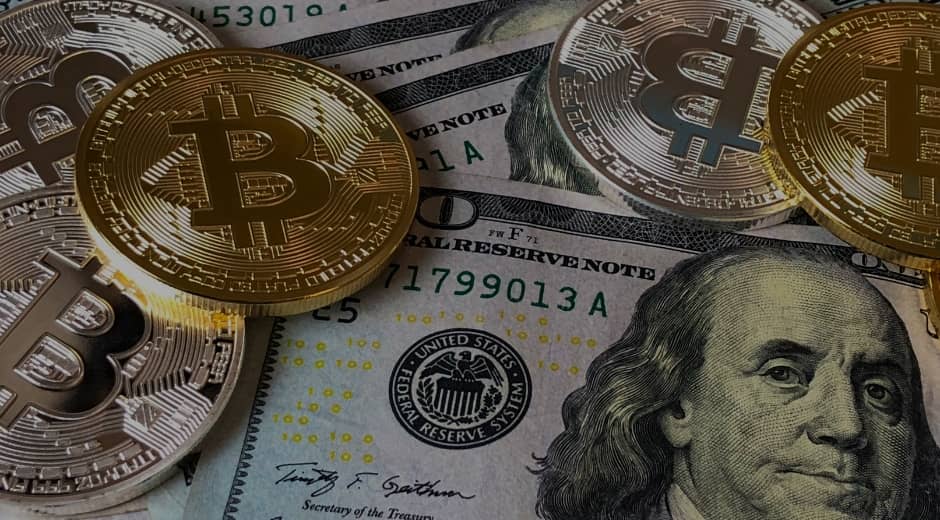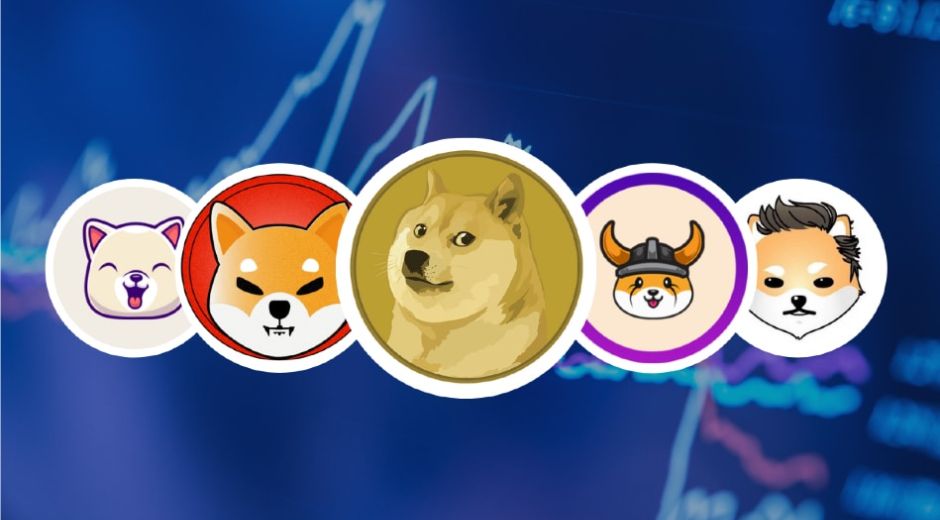DeFi Lending: Transforming the Future of Decentralized Finance
DeFi lending has emerged as one of the most transformative trends in the cryptocurrency space, redefining how capital is accessed and deployed. Unlike traditional banking, DeFi lending platforms operate without intermediaries, providing a peer-to-peer network where users can lend and borrow digital assets directly. This decentralization reduces costs, increases transparency, and enhances financial inclusivity.
What is DeFi Lending?
At its core, DeFi lending allows cryptocurrency holders to lend their assets to others in exchange for interest. Borrowers, on the other hand, can access liquidity without selling their holdings, leveraging their crypto as collateral. Smart contracts — self-executing agreements on blockchain networks — facilitate these transactions, ensuring security and trustless execution.
This innovative approach challenges traditional financial models by removing banks as intermediaries and enabling 24/7 global access to loans. Platforms such as Aave, Compound, and MakerDAO have pioneered this space, creating a robust ecosystem for DeFi lending activities.
Key Advantages of DeFi Lending
Accessibility: Anyone with an internet connection and crypto wallet can participate in DeFi lending.
Higher Yields: Lenders often earn higher returns compared to traditional savings accounts.
Transparency: All transactions are recorded on blockchain, allowing users to verify activities independently.
Speed: Loans are executed instantly through smart contracts without manual approvals.
According to Investing.com, the growth of decentralized finance platforms continues to outpace traditional finance, highlighting the rising demand for flexible financial solutions.
Risks and Considerations
While DeFi lending offers substantial opportunities, it is not without risks. Smart contract vulnerabilities, liquidation risks, and market volatility are prominent concerns. Investors must conduct due diligence and consider diversification strategies to mitigate potential losses.
Moreover, regulatory uncertainty remains a challenge. Governments around the world are assessing frameworks for DeFi platforms to ensure consumer protection without stifling innovation.
Future Outlook
The DeFi lending market is expected to expand significantly over the next few years. Innovations such as cross-chain lending, algorithmic interest rates, and enhanced liquidity pools are poised to drive adoption.
For those seeking to understand the broader implications of DeFi, resources like Financeworldhub.com provide in-depth analysis and sector-specific reports.
Integration with Emerging Technologies
The integration of AI, analytics, and blockchain interoperability can further optimize DeFi lending platforms, enhancing user experience and reducing operational risks. Companies highlighted on Beautyupnest.com are exploring these synergies, aiming to bridge the gap between traditional finance and decentralized solutions.
At its core, DeFi lending allows cryptocurrency holders to lend their assets to others in exchange for interest. Borrowers, on the other hand, can access liquidity without selling their holdings, leveraging their crypto as collateral. Smart contracts — self-executing agreements on blockchain networks — facilitate these transactions, ensuring security and trustless execution.
This innovative approach challenges traditional financial models by removing banks as intermediaries and enabling 24/7 global access to loans. Platforms such as Aave, Compound, and MakerDAO have pioneered this space, creating a robust ecosystem for DeFi lending activities.
Conclusion
DeFi lending is more than just a financial trend; it is a paradigm shift that empowers users, promotes transparency, and challenges conventional banking systems. Investors and enthusiasts alike must stay informed to navigate this evolving landscape successfully.
As the market matures, adopting strategic, data-driven approaches will be critical for maximizing opportunities while managing risks in the world of DeFi lending.
Education Made Simple

Blue Chip Stocks in 2025: Resilience, Reliability, and Real Growth
Blue Chip Stocks in 2025 remain pillars of market stability and growth, offering investors security, dividends, and consistent long-term value.

Index Funds in 2025: The Timeless Strategy Thriving in a New Financial Era
Index Funds in 2025 remain a cornerstone of smart investing, balancing simplicity, diversification, and steady returns in a volatile market environment.

Natural Gas in 2025: Balancing Energy Demand and Sustainability
Natural Gas in 2025 plays a pivotal role in global energy transition, balancing affordability, sustainability, and reliability amid evolving markets.












